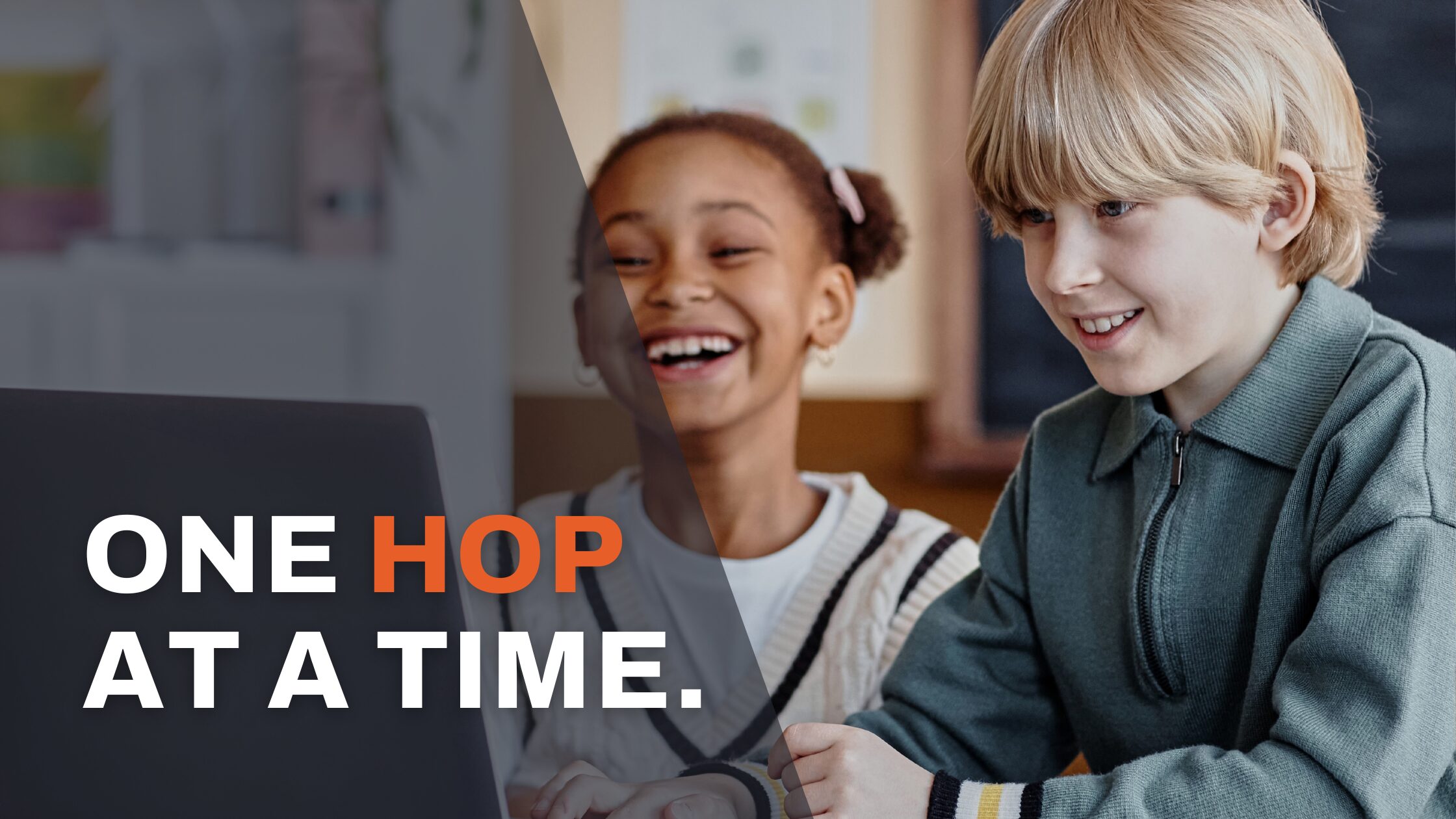The last 18 months have caused shifts in culture and technology that could bring about the golden age of adaptive learning. “Disaster is a laboratory for innovation,” says Edward Lempinen, a media specialist at UC Berkeley. In some senses, students have struggled with the distractions and distance caused by remote learning. But educators and tech developers also see opportunity to revolutionize education systems across the globe, by leveraging AI technology.
Adaptive learning uses AI to customize education for individual students based on their abilities and needs. The adaptive tutoring model has been around for a long time in simpler computer applications: the basic concept is to continually assesses a student’s subject knowledge in comparison to all the knowledge that they are expected to learn in a specific curriculum. An algorithm then adapts how content is presented to the student based on what they have already demonstrated that they know. Using technology and data far more quickly and efficiently than a teacher can, adaptive learning provides a unique and highly customized curriculum that learns how to adapt to the student as they progress. By adding AI’s capabilities to adaptive learning, the goal is to mimic one-on-one teaching.
Although adaptive learning has been around for more than half-a-century, its potential is quickly growing with the latest technological advances in AI, machine learning, the cloud, more powerful hardware and software, and omniscient social media platforms. These technologies are enabling adaptive learning systems to adjust education on-the-fly—accurately and intelligently. Optimal and individualized learning pathways can be created for millions of students with feedback and course navigation provided instantly to each student, no matter their current skill level with the material.
In an article for Training Industry, Inc., Patrick Weir, the founder of Fulcrum Labs, an AI-based education platform, says, “Adaptive learning is adapting.” In what Weir describes as “Adaptive Learning 1.0,” algorithms assign pre-set learning plans to students based on an assessment. The plans are not customizable, which can become constraining. “Adaptive Learning 2.0” uses simple algorithms to make limited adaptations. The system automates some of the up-front manual work of assessing students and generating an education plan, but is still highly constrained. Both early phases of adaptive learning deliver more personalization than a traditional one-size-fits-all academic system, but according to Weir, neither fulfill the potential of adaptive learning: “a scalable, AI-driven system that mimics the interaction and learning experience of a human instructor or coach.”
“Adaptive Learning 3.0” adds powerful AI tools into the mix. Replicating the experience of a one-on-one instructor, AI makes informed connections between content, learning objectives, and student performance and behavior. AI uses data to instantly personalize feedback and assessments, and to predict what a student will need to fully master the skills they are practicing.
Adaptive 3.0 technology can avoid the frustration and disengagement that often come with earlier platforms through issues like the “adaptive loop of death”: a cycle in which a student who cannot pass a specific assessment gets stuck answering the same questions over and over, with no explanations or support for finding the right answer. An Adaptive 3.0 system understands everything the learner has seen, and then adjusts the context and difficulty of the content in real-time. This help students avoid reviewing content they know extremely well, while also identifying which content the student is having trouble with.
Adaptive learning is not set to replace the classroom, or the teachers in it. Day One, an AI and mobile app development company, says that they do not see this technology replacing teachers or mentors. Rather, “with the right technology in place, processes and methodologies can be improved, scaled or even transformed, with productivity and performance being tracked, and recommendations for improvement being made.”






